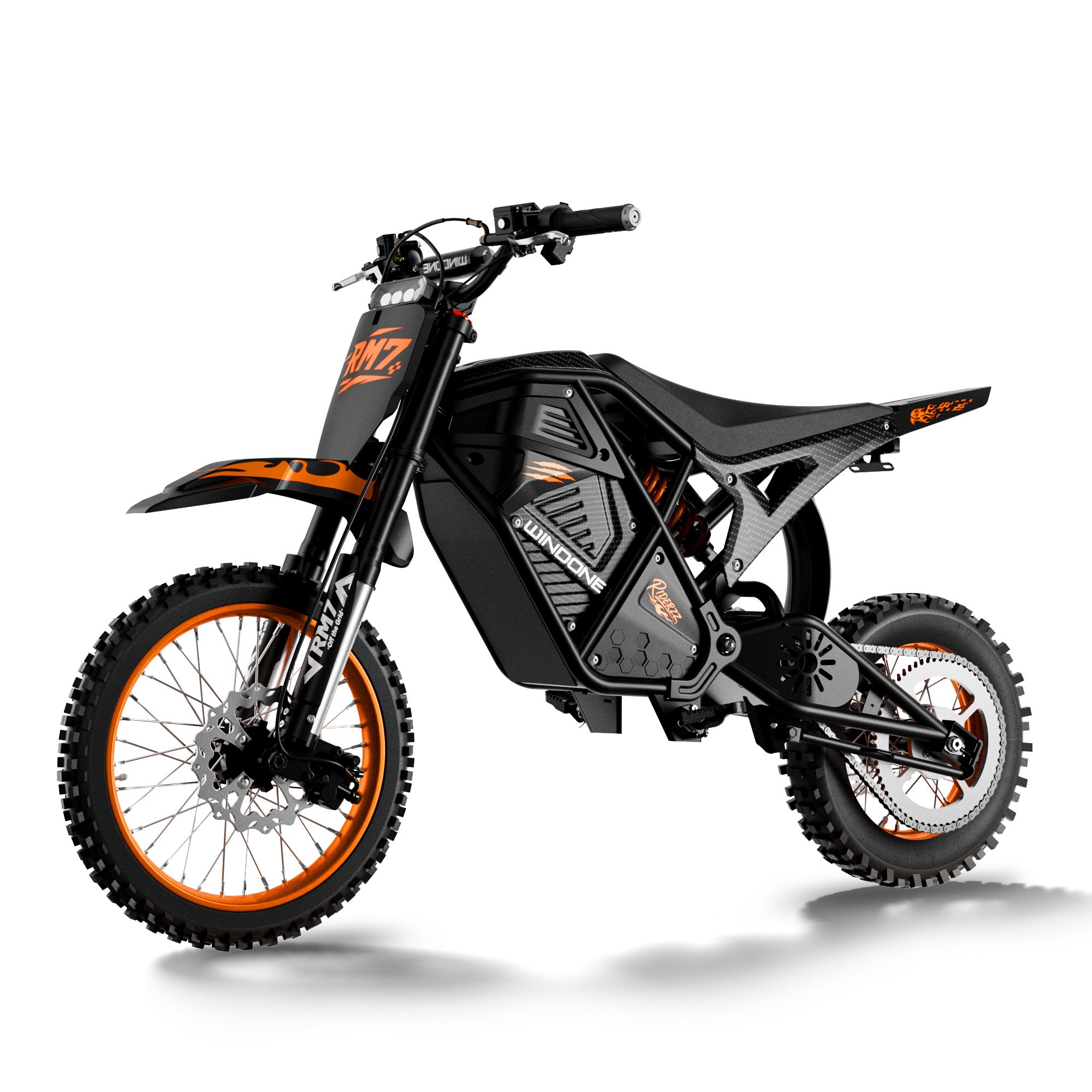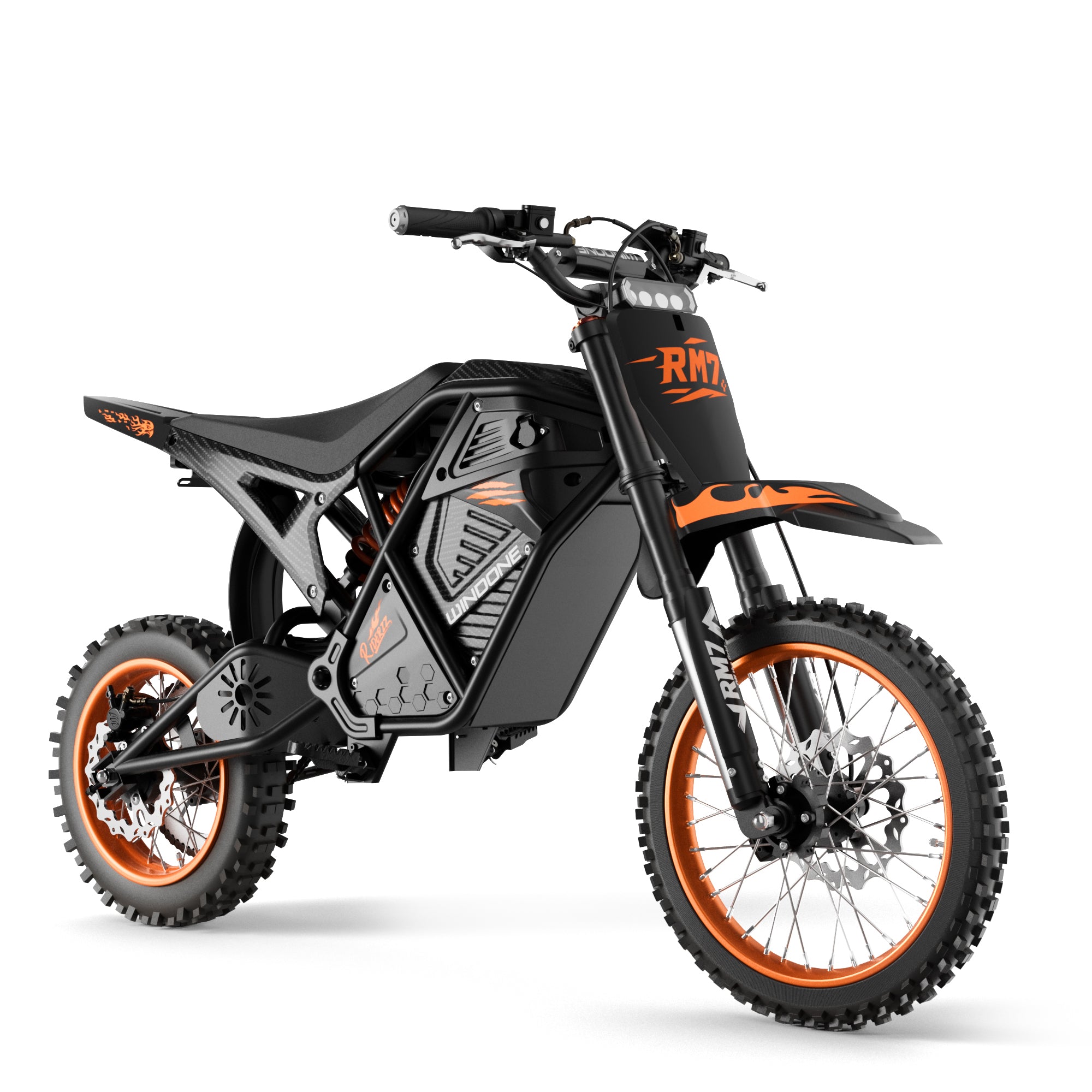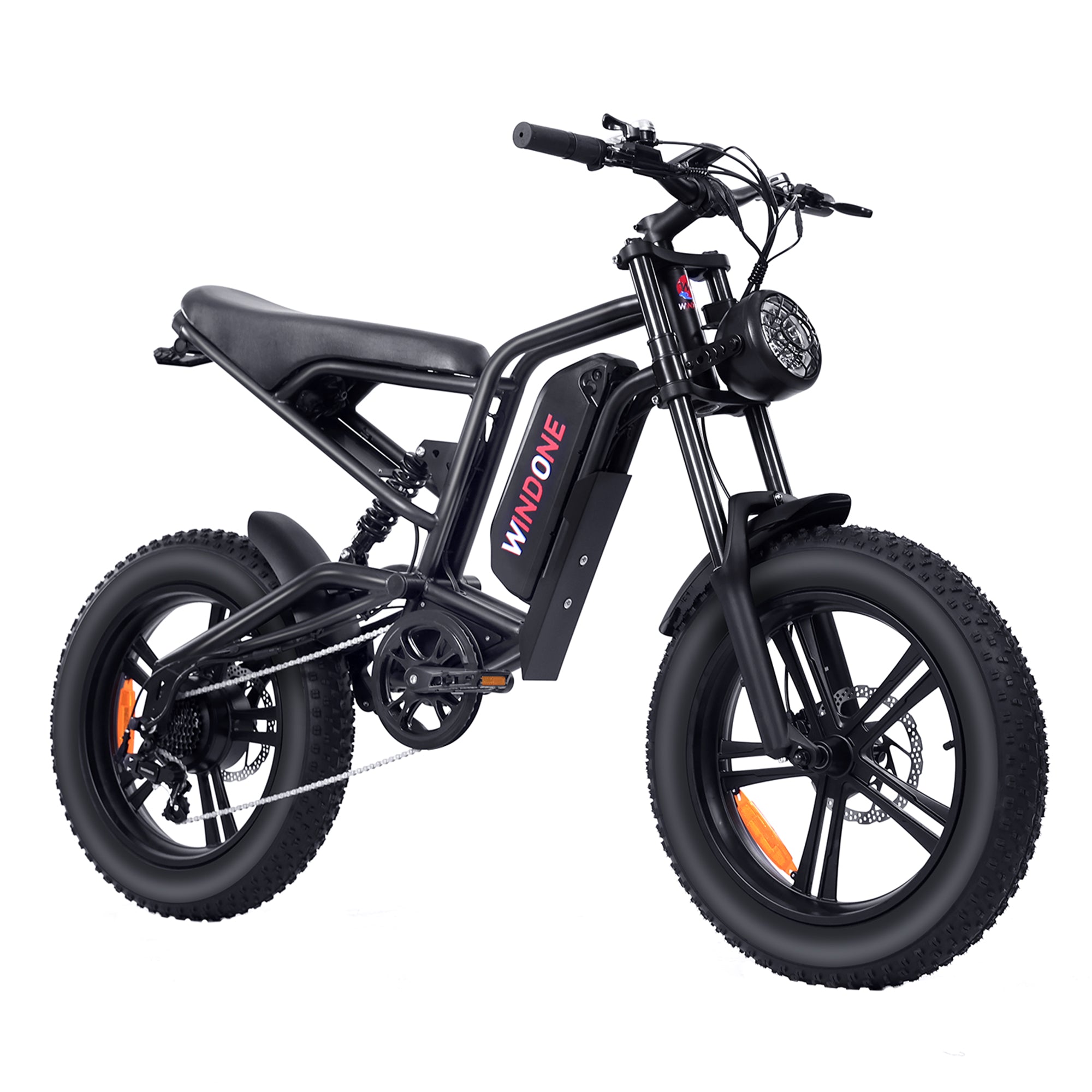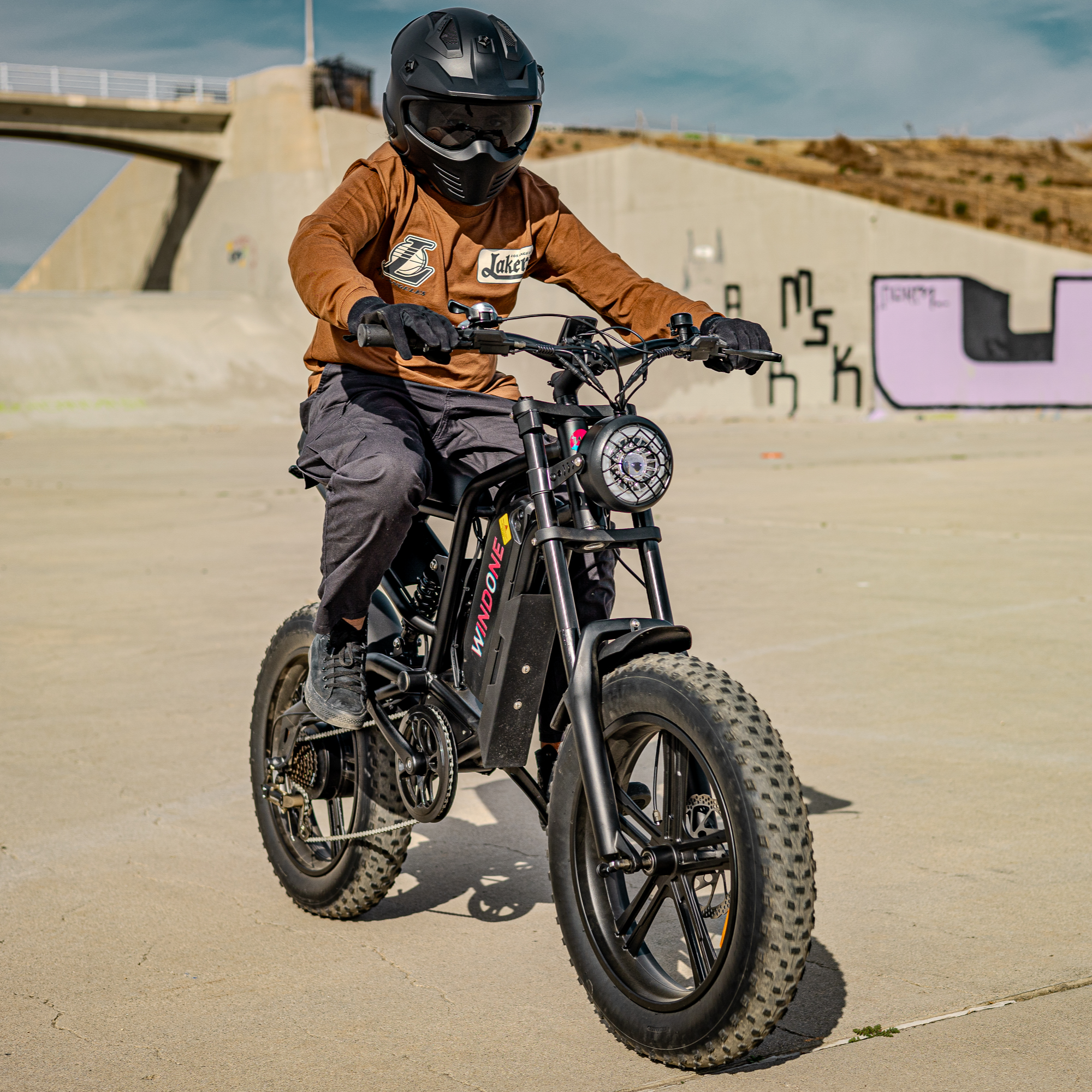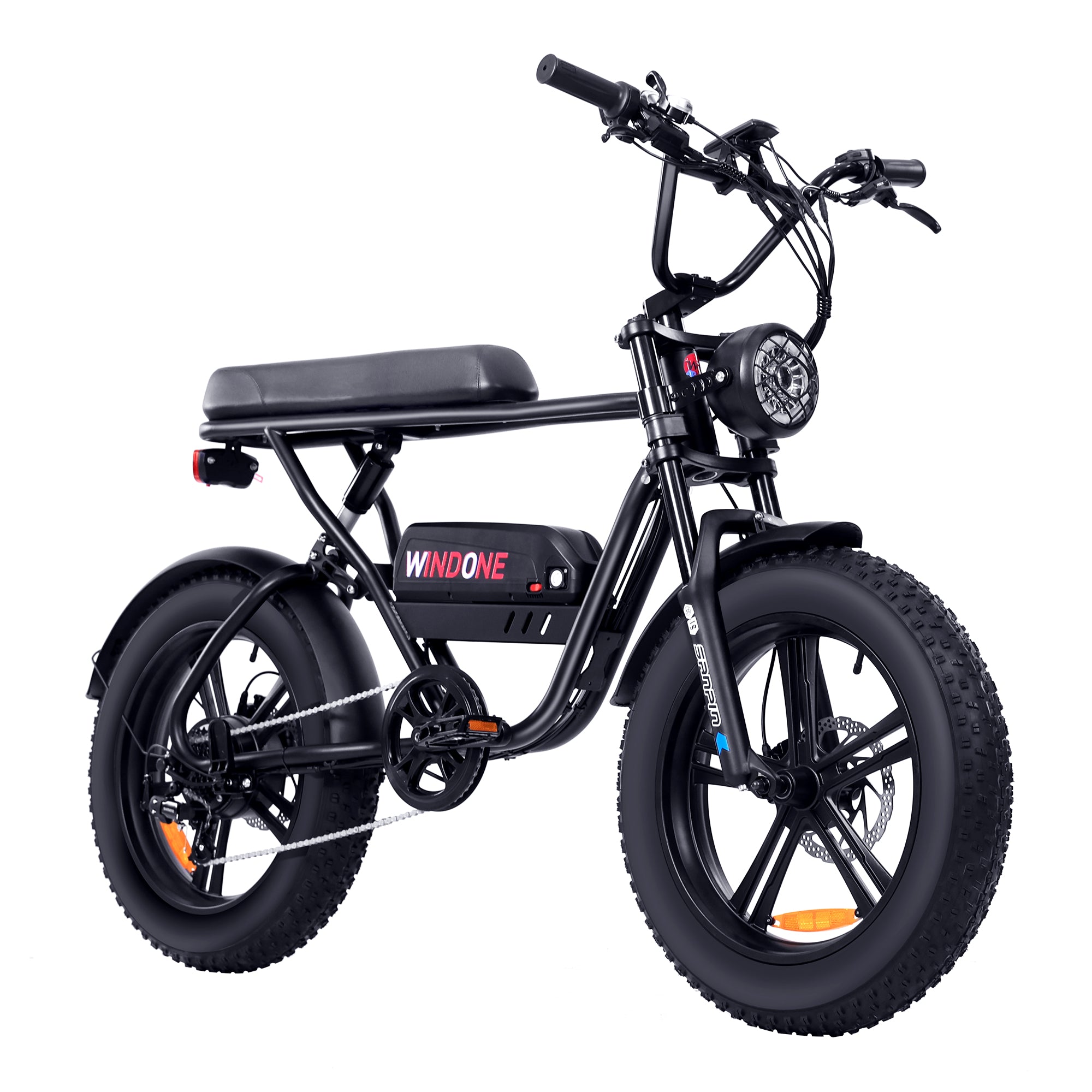To safely transport your e-bike, you need the right rack and the best e-bike rack guide. Choose a rack built for electric bike weight. Always lock your electric bike securely before travel. Check your electric rack for strength and use safety straps. Remove your ebike battery for extra safety. Lock both the frame and wheels. Use these tips to keep your electric bike safe and legal every time you transport your bike and ebike.
E-Bike Rack Guide
Choosing the Right Car Rack
When you start looking for an e-bike rack guide, you need to focus on choosing the right car rack for your electric bike. E-bikes are heavier and bulkier than regular bikes. You cannot use just any rack. You need a rack built for the extra weight and size of an electric bike. Most experts recommend platform hitch racks for e-bike transport. These racks offer high weight capacity, strong stability, and easy loading.
Tip: Always check the rack’s weight rating. Make sure it can hold your electric bike’s weight, including any accessories.
Modern racks use advanced materials like lightweight aluminum and high-strength steel. These materials keep the rack strong but not too heavy. Many racks also have anti-sway cradles, locking systems, and quick-release features. These design features help keep your ebike stable and secure during transport. Some racks even have smart features like integrated lighting and theft-deterrent locks. These features make your trip safer and more convenient.
You should also check for frame compatibility. Not all racks fit every electric bike. Look for racks that can hold different frame shapes and sizes. Adjustable components and tool-free installation make it easier to fit your rack to your vehicle and your ebike.
Note: Customers prefer rear and hitch-mounted racks because they are easy to install and use. Roof racks are also popular for carrying multiple bikes and fitting different vehicles.
Weight and Compatibility
Weight and compatibility are two of the most important factors in any e-bike rack guide. E-bikes can weigh 50 to 80 pounds or more. Regular bike racks and bike rack accessories are not strong enough for this weight. Using the wrong rack can damage your electric bike or even cause an accident during transport.
Performance tests show that racks like the 1Up-USA Super Duty can carry up to 100 pounds per bike. These racks fit a wide range of wheel sizes and tire widths. They use strong clamp arms that hold only the tires, so you do not damage the frame. Other racks, like the Hollywood Racks Sport Rider, are made for heavy e-bikes and even e-trikes. Always check the manufacturer’s weight limits and compatibility guidelines before you buy.
Proper frame compatibility is also key. Some racks only fit certain frame types or tire sizes. Make sure your electric bike fits the rack’s trays or arms. If you have a unique frame or a fat tire ebike, look for racks with adjustable trays or special adapters.
Tip: Remove your ebike battery before loading. This reduces the weight and makes transport safer.
If you overload a rack, you risk damaging your electric bike and the rack itself. Overloading can also affect your car’s handling and braking. Always follow the rack’s weight limits and distribute the weight evenly.
Platform vs. Hanging Racks
You will find two main types of racks in any e-bike rack guide: platform racks and hanging racks. Each type has its own benefits and drawbacks.
|
Feature/Aspect |
Platform (Tray) Racks |
Hanging Racks |
|---|---|---|
|
Loading Ease |
Easier, lower lifting height |
Requires lifting bikes higher |
|
Compatibility |
Fits many bike styles including carbon frames |
Limited without adapters |
|
Stability |
High stability, secure at wheels and frame |
Moderate stability, risk of bike movement |
|
Weight |
Heavier, bulkier |
Lighter, more compact |
|
Installation |
More difficult to install/uninstall |
Easier to install/uninstall |
|
Impact on Driving |
Less aerodynamic drag |
May increase fuel consumption |
|
Durability |
More durable, robust construction |
Less durable, may wear faster |
|
Storage Requirements |
Requires more storage space |
Compact, easy to store |
|
Cost Range |
$150 - $600 |
$100 - $400 |
|
User Satisfaction |
Generally higher, praised for stability |
Mixed reviews, concerns about safety |
|
Maintenance |
Requires regular checks and cleaning |
Requires regular checks and cleaning |
|
Recommended Use |
Frequent loading/unloading, delicate frames |
Portability, urban use, frequent removal |
Platform racks are the top choice for most electric bike owners. You can load your ebike easily because you do not have to lift it very high. These racks hold your electric bike at both the wheels and the frame, which keeps it stable and prevents damage. Platform racks fit many bike styles, including carbon frames and fat tire ebikes. They are heavier and take up more space, but they offer the best security and stability for electric bike transport.
Hanging racks are lighter and easier to store. You can install and remove them quickly. However, you must lift your electric bike higher to load it. Hanging racks may not fit all frame types without adapters. They can also let bikes move during transport, which can cause scratches or damage. Hanging racks are best for lighter bikes or short trips.
Tip: For most electric bikes, a platform rack is the safest and most reliable choice. Use a hanging rack only if you are sure it can handle the weight and frame of your ebike.
When you follow these tips from the e-bike rack guide, you can choose the best rack for your electric bike. Always check weight limits, frame compatibility, and installation features before you buy. This will help you transport your ebike safely and keep your electric bike in great shape.
E-Bike Security
Locking and Anti-Theft
You need strong protection for your electric bike. Thieves target e-bikes because they have high resale value and removable parts. You can improve e-bike security by using advanced locks and smart technology. Always use a high-quality electric bike lock with a strong security rating. Look for locks with VdS certification or the ADFC test seal. Insurance companies often require these locks for theft claims. Choose locks in the top third of the manufacturer’s security levels. U-shaped locks offer strong protection, but you may need a second lock for full coverage.
-
Use a U-lock or folding lock for the frame.
-
Add a chain or cable lock for the wheels.
-
Try smart locks with alarms or GPS tracking for extra safety.
-
Use GPS trackers and motion alarms to help recover your e-bike if stolen.
Tip: Smart locks let you lock and unlock your electric bike with your phone. Some have alarms that scare off thieves. GPS trackers send alerts if your e-bike moves without you.
Industry reports show that no single lock can stop all theft. Thieves can break mechanical locks, and GPS trackers can be jammed. You should use a layered approach for theft prevention. Combine strong locks, alarms, and tracking devices. This makes it much harder for thieves to steal your electric bike.
Securing Wheels and Frame
You must secure both the wheels and the frame to protect your e-bike. Thieves often steal wheels or batteries if you only lock the frame. Use wheel straps, clamps, or extra locks to keep every part safe. Always lock your electric bike to a fixed object that cannot be moved or cut.
-
Lock the frame and at least one wheel to a solid rack or anchor.
-
Use wheel locks or security skewers for quick-release wheels.
-
Place locks high off the ground to make them harder to break.
-
Fill the lock space to prevent thieves from using tools.
Note: Locking through the frame gives the best e-bike safety. Secure the battery with a digital lock if your electric bike has one. Some new e-bikes have smart battery locks and alarms for extra protection.
Many experts recommend using two different types of locks. This method increases the time and effort needed for theft. The Bike Index 2025 report shows that using more than one lock reduces theft risk. Always check that your locks fit your e-bike and rack.
Storage and Parking Tips
Where you store and park your electric bike matters for e-bike safety and security. Most e-bike thefts happen at home or in predictable spots. You can lower your risk by choosing secure locations and using the right storage methods.
-
Store your electric bike indoors when possible. Use a garage, shed, or locked room.
-
Secure your e-bike to a ground or wall anchor at home.
-
Use motion-activated lights and security cameras for extra safety.
-
Register your e-bike with a national database and keep photos and serial numbers.
-
In public, park your electric bike in high-traffic, well-lit areas.
-
Use official bike racks or monitored parking spots.
-
Change your parking spots often to avoid patterns.
-
Secure both wheels and the frame every time you park.
Callout: E-bike theft has increased by over 65% in cities. Most thefts happen in residential areas. Secure storage and smart parking choices are key for theft prevention.
Workplaces and public spaces now offer secure bike rooms and monitored racks. These options help protect your e-bike during the day. Community programs and registration systems also improve recovery rates if theft happens. Insurance for electric bikes adds another layer of safety and security.
A layered approach works best for e-bike security. Use strong locks, secure storage, alarms, and tracking devices. Stay alert and change your habits to protect your e-bike from theft.
Legal Tips
Visibility and Compliance
You must follow important rules when you use a rack to transport your e-bike. Laws in every state require you to keep your license plate and lights visible. If your rack or bike blocks these, you can get a ticket or even face bigger penalties. The table below shows how some states handle rack visibility and compliance:
|
State |
Legal Reference |
Key Requirements for Rack Visibility and Compliance |
|---|---|---|
|
California |
California Vehicle Code §5201 |
License plates must be clearly visible and legible; bike racks must not obstruct plates or safety lights; supplementary plate holders or lighting kits recommended. |
|
New York |
NY Vehicle & Traffic Law §402 |
Plates must be unobstructed at all times; bike racks cannot cover plates or tail lights; racks should not extend more than 12 inches beyond vehicle rear. |
|
Texas |
Texas Transportation Code |
Obstruction of plates forbidden except for bike racks attached in a normal manner; racks must be securely fastened and not extend excessively; red flags recommended for overhangs. |
|
Florida |
Florida Statute 316.605 |
Plates must be plainly visible from 100 feet; any obstruction by racks or bikes is illegal; blocking tail lamps or brake lights violates lighting laws; temporary plates or copies recommended. |
|
Virginia |
Virginia Code §46.2-716 |
No rear-mounted device may obscure any portion of the license plate; bike racks included; enforcement is strict; plate relocation on rack advised. |
Tip: Always check your state’s rules before you travel. Use a rack that keeps your plate and lights clear.
License Plate and Lights
If your e-bike or rack blocks your license plate or lights, you risk fines and other penalties. Many states give tickets for this. Some states even require you to go to court or pay higher fines if you do not fix the problem. Here are some possible penalties:
-
Repeat offenses may lead to license suspension or even jail time.
-
Police may impound your vehicle if you do not comply.
-
Your driving record may show violations, which can raise your insurance rates.
-
Some states require two plates, both must stay visible.
You can avoid these problems by using a rack that does not block your plate or lights. Some racks have spots for extra plates or lights. You can also buy plate extenders or lighting kits for better security and legal compliance.
Insurance and Liability
Insurance is another key part of e-bike security during transport. Many insurance companies now offer special coverage for e-bikes. These policies can protect you if your e-bike gets damaged or stolen while on a rack. Some companies also cover injuries or damage to others if your e-bike falls off during travel.
Industry experts say e-bike riders face higher risks than regular bike riders. E-bikes are heavier and faster, so accidents can cause more harm. Insurance can help cover medical bills, repairs, or legal costs. You should check your policy to see if it covers e-bike transport and rack use. Ask your agent about third-party liability and coverage for battery fires or theft.
Note: Good insurance and strong security steps give you peace of mind every time you transport your e-bike.
Loading Your E-Bike

Battery and Accessories
Before you start loading your electric bike onto the rack, you should remove the battery and any ebike accessories. This step makes your e-bike lighter and helps protect the rack from too much weight. Follow these steps for safe battery removal and accessory management:
-
Take the battery out of your electric bike before loading.
-
Store the battery inside your vehicle. This keeps it safe from weather and theft.
-
Cover the electrical contacts on your bike frame. Use a rubber or plastic cover, or a plastic bag with a rubber band. This protects against dust, water, and rust.
-
Always use the original charger and certified batteries for your electric bike.
-
Store and charge the battery properly to keep it healthy and safe.
Tip: Remove lights, bags, and other ebike accessories before transport. This prevents loss or damage during travel.
Positioning and Securing
Careful positioning and securing are key for e-bike safety during loading. Place your electric bike on the rack so it sits straight and balanced. If you use a platform rack, set the wheels in the trays and adjust the arms to grip the tires. For a hanging rack, lift your electric bike and hang it by the frame, making sure it does not swing.
-
Tighten all straps and clamps around the frame and wheels.
-
Check that the rack arms or trays fit your electric bike’s size and shape.
-
Use extra straps for heavy ebikes to stop movement during transport.
Note: A stable electric bike on the rack means less risk of scratches or falls. Always double-check the fit before you drive.
Double-Check Before Travel
After loading your electric bike, do a final safety check. Walk around your vehicle and look at the rack from every angle. Make sure the electric bike does not block your license plate or lights. Tug on the frame and wheels to test if everything feels secure.
-
Confirm all straps, clamps, and locks are tight.
-
Check that the battery and ebike accessories are inside the car.
-
Look for loose items that could fall off during transport.
🚦 A quick double-check can prevent accidents and keep your e-bike safe on the road.
Traveling with Ebikes
Driving Tips
When you drive with an e-bike on your rack, you need to adjust your habits for safety and security. Always check that your electric bike does not block your view or your license plate. Many drivers find that hitch racks, like the Rockymounts MonoRail Solo, make loading and unloading easier. These racks also help you keep your trunk accessible. You should drive slower than usual, especially on bumpy roads or sharp turns. Sudden stops can shift your ebike or damage your rack. Keep a safe distance from other cars. Watch for low bridges or parking garages, as your electric bike adds height to your vehicle. Stay alert to local laws about rack use and plate visibility. These tips help you avoid fines and keep your trip smooth.
Regular Checks
You should stop every 50 to 100 miles to check your rack and electric bike. Walk around your car and look for loose straps or clamps. Tug on your ebike to make sure it is secure. Check the wheels, frame, and locks for signs of movement. Many long-distance riders keep a simple maintenance log. The table below shows how often you should check each part:
|
Component |
Maintenance Task |
Frequency |
|---|---|---|
|
Battery |
Keep charge between 40-80%; watch for lower range |
Ongoing |
|
Motor |
Clean, oil, and check bolts |
Monthly |
|
Brakes |
Inspect pads and lines |
Every 500 miles |
|
Frame |
Look for cracks and check shocks |
Regularly |
-
Monitor tire pressure and tread.
-
Make sure brakes work well.
-
Lubricate the chain.
-
Clean and dry the battery.
-
Inspect the motor for odd sounds.
-
Check electronics and lights.
Regular checks improve safety and security for every trip. These steps also keep your electric bike reliable for long travel.
Weather Protection
Weather can damage your ebike if you do not prepare. Use a weatherproof cover to shield your electric bike from rain, dust, and sun. Remove any loose items, such as bags or lights, before you start your trip. Store your battery inside your car for extra protection from the elements. If you expect heavy rain or snow, stop and check your rack and ebike more often. A good cover keeps water out and helps prevent rust. Always dry your electric bike after travel to protect the frame and electronics. These steps boost security and extend the life of your ebike.
🚲 Tip: A weatherproof cover and regular checks are your best defense for traveling with ebikes. They keep your electric bike safe, secure, and ready for your next adventure.
Common Mistakes
Overloading
Many riders make the mistake of overloading their rack. Electric bike models often weigh much more than regular bikes. If you put too much weight on your rack, you risk damaging your car, the rack, or your electric bike. Overloading can also make your vehicle harder to control, which lowers safety for everyone on the road. Always check the weight limit for your rack and your vehicle. Remove the battery and heavy accessories before loading your electric bike. Use a lock to secure each bike, but never use the rack for more bikes than it can handle.
🚨 Overloading your rack can lead to accidents, broken racks, and lost bikes. Always follow the manufacturer’s guidelines for weight and number of bikes.
Ignoring Legal Rules
Ignoring legal rules is a common mistake that can have serious results. Many riders forget to keep their license plate and lights visible when using a rack. Some do not follow traffic laws or local rules for e-bike transport. This can lead to fines, legal trouble, or even injury.
-
E-bike accidents often involve complex fault decisions under state laws.
-
Police reports show that over 77% of e-bike crashes in some areas happen because riders break the rules, like running red lights or carrying extra passengers.
-
New laws, such as those in New York City, have reduced injuries by setting safety standards for electric bike batteries and improving enforcement.
You must always follow traffic laws, keep your rack legal, and use a lock to secure your electric bike. Good documentation and legal awareness help you avoid problems if an accident happens.
Poor Security
Poor security puts your electric bike at risk for theft and damage. Many riders use only one lock or forget to secure both the frame and wheels. Some leave their electric bike in unsafe places or use weak locks. Accident studies show that most e-bike mishaps happen in areas without safe bike lanes or where riders break traffic rules. Risky behaviors, such as riding in car lanes or using a phone while riding, increase the chance of accidents and theft.
-
Use at least two locks: one for the frame and one for the wheels.
-
Always lock your electric bike to a solid object.
-
Choose safe, well-lit places for parking.
-
Regularly check your rack, locks, and security devices.
🔒 Strong security habits and the right lock can prevent most electric bike thefts and keep your ride safe.
You can keep your e-bike safe by choosing the right car rack and using strong locks. Always follow legal rules about license plates and lights. Check your rack and e-bike before every trip. Use these tips as a checklist each time you travel. Your careful steps help prevent theft and damage. Share your own e-bike travel tips or ask questions in the comments below!
FAQ
How do you know if your car rack can hold your e-bike?
Check the rack’s weight limit in the manual or on the label. Weigh your e-bike without the battery. Make sure the rack’s limit is higher than your e-bike’s weight. Never guess. Always follow the manufacturer’s guidelines.
What should you do if your e-bike blocks your license plate?
You should use a license plate holder or relocation kit. Many racks offer these as accessories. Always keep your plate visible to avoid tickets. Check your state’s rules before you travel.
Can you leave your e-bike battery on during transport?
Remove the battery before loading your e-bike. This makes your bike lighter and safer. Store the battery inside your car. Protect the battery from heat, cold, and theft.
How can you keep your e-bike safe from theft while traveling?
-
Use two locks: one for the frame, one for the wheels.
-
Park in well-lit, busy areas.
-
Use a GPS tracker if possible.
-
Always double-check your locks before leaving your e-bike.
Do you need special insurance for transporting your e-bike?
Some insurance policies cover e-bikes, but not all. Ask your agent if your plan protects your e-bike during transport. You may need extra coverage for theft or damage. Always keep proof of insurance with you.









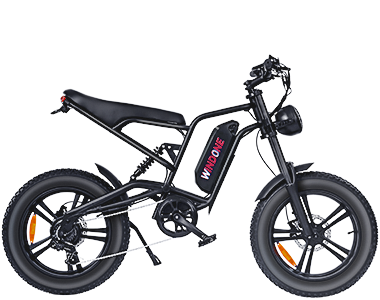
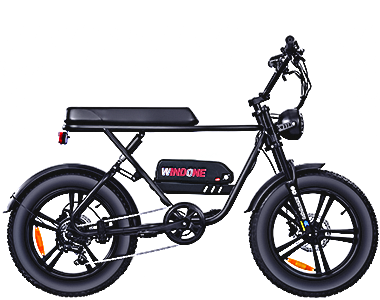
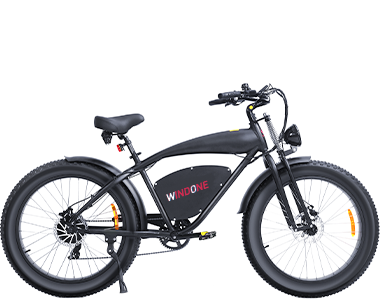
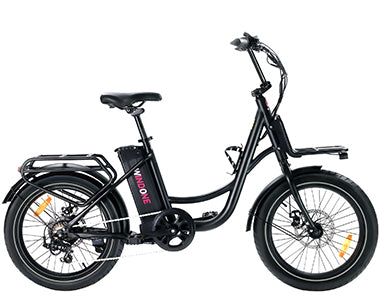
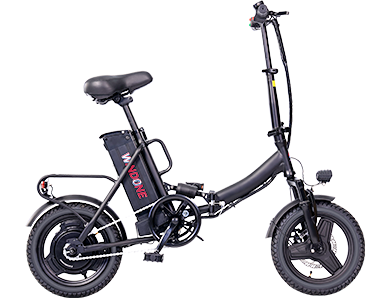
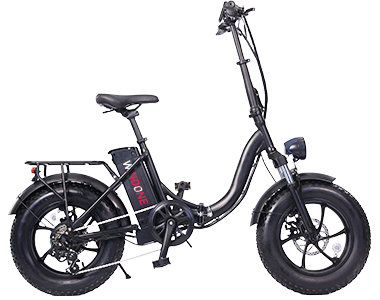


 Ebike Locks
Ebike Locks
 Phone Mount
Phone Mount
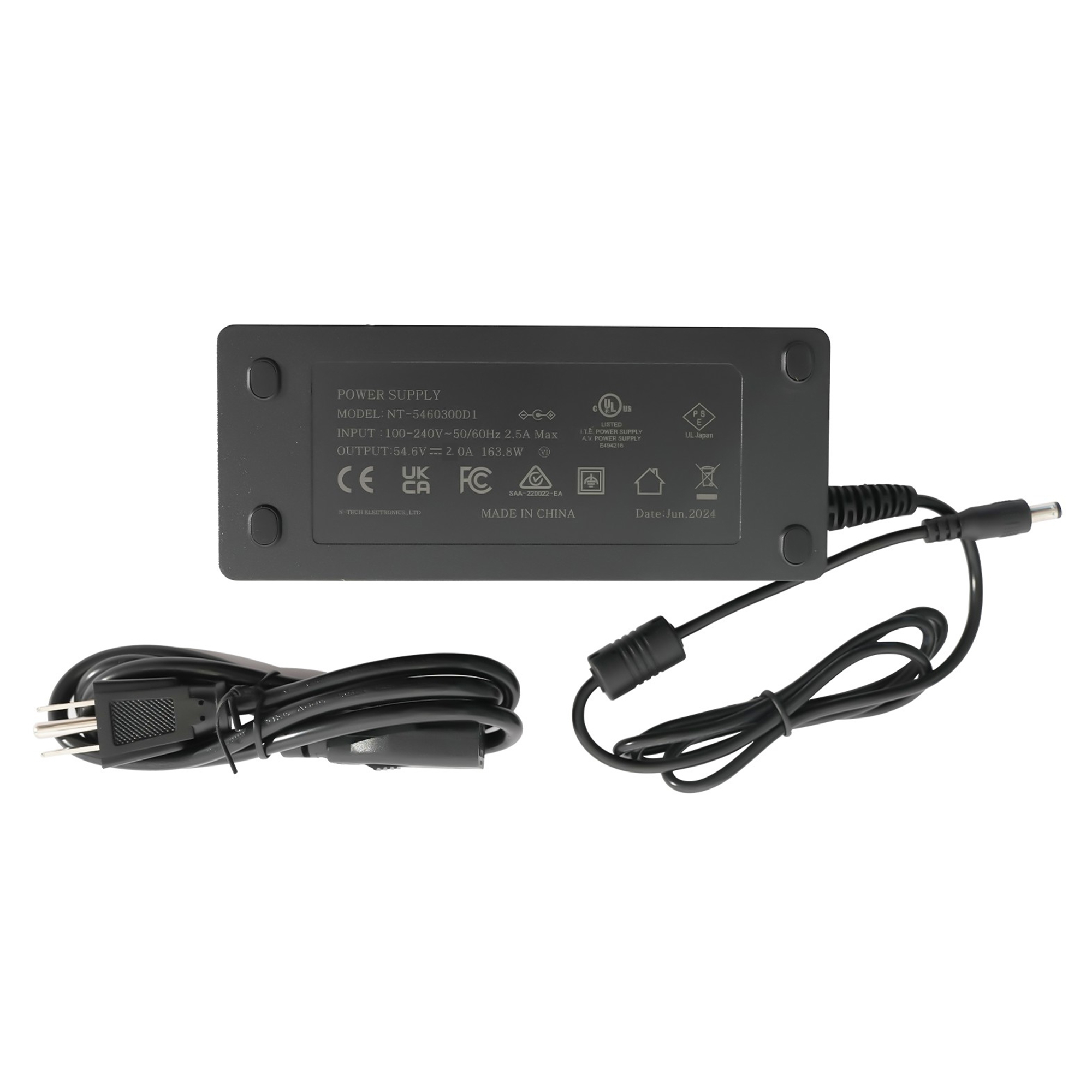
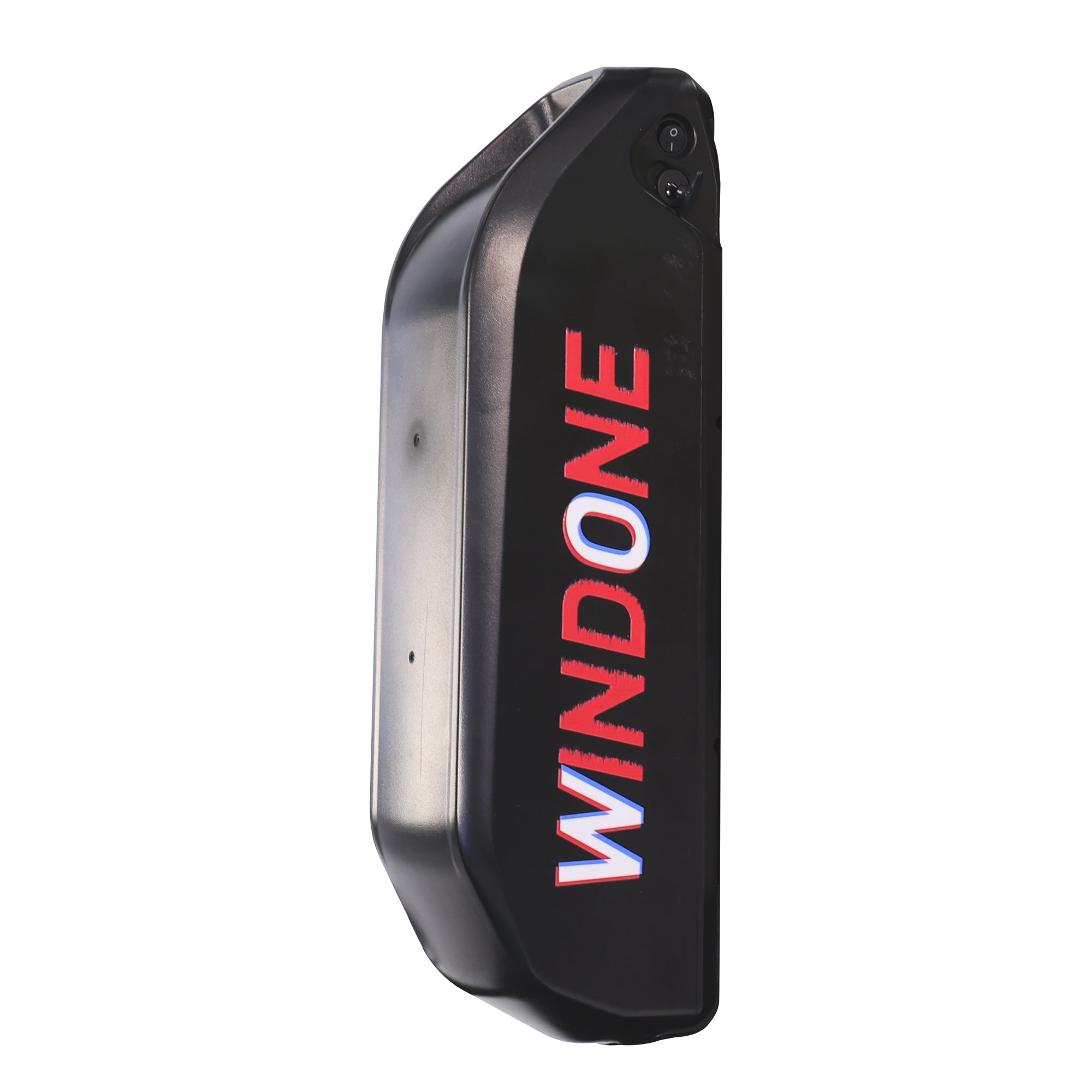
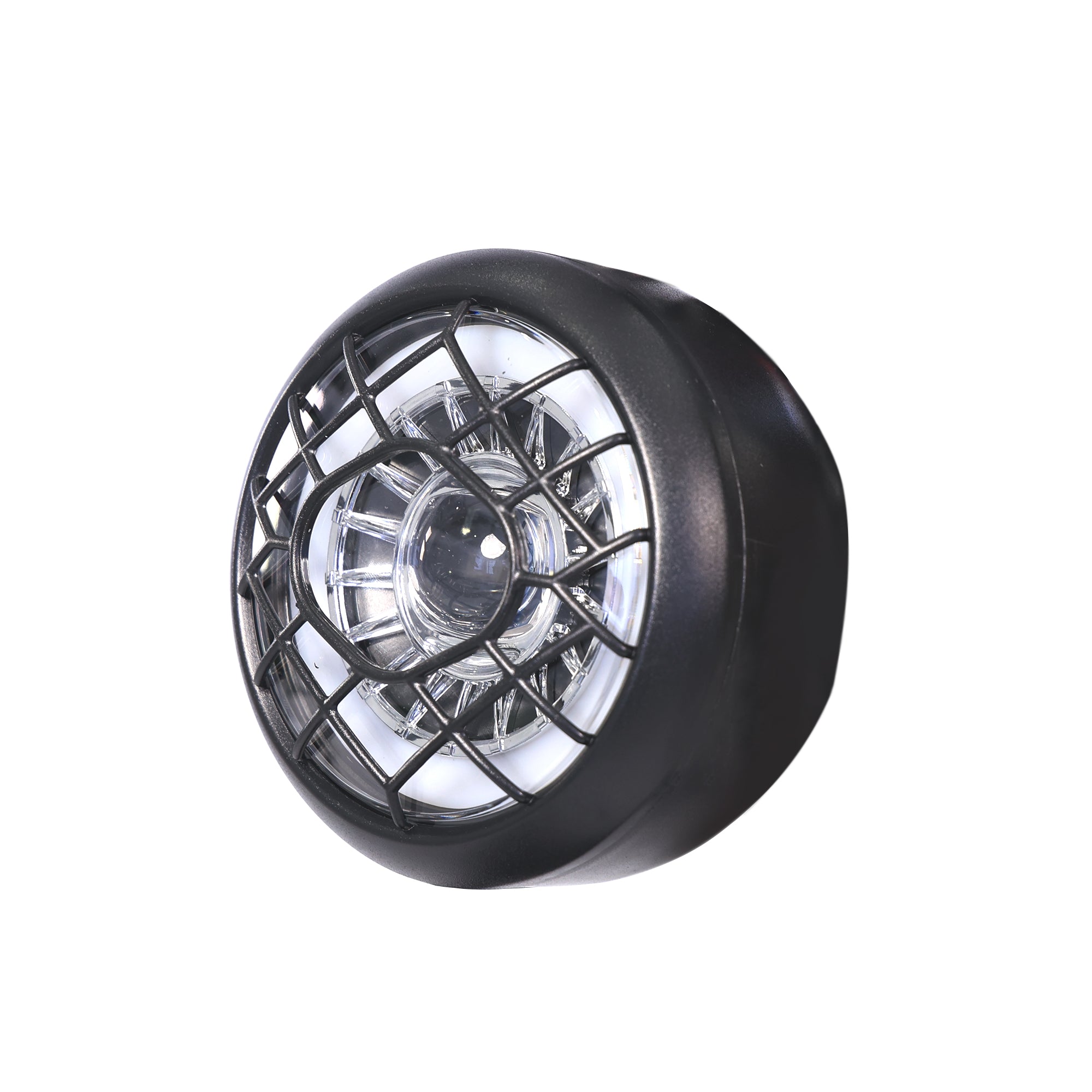
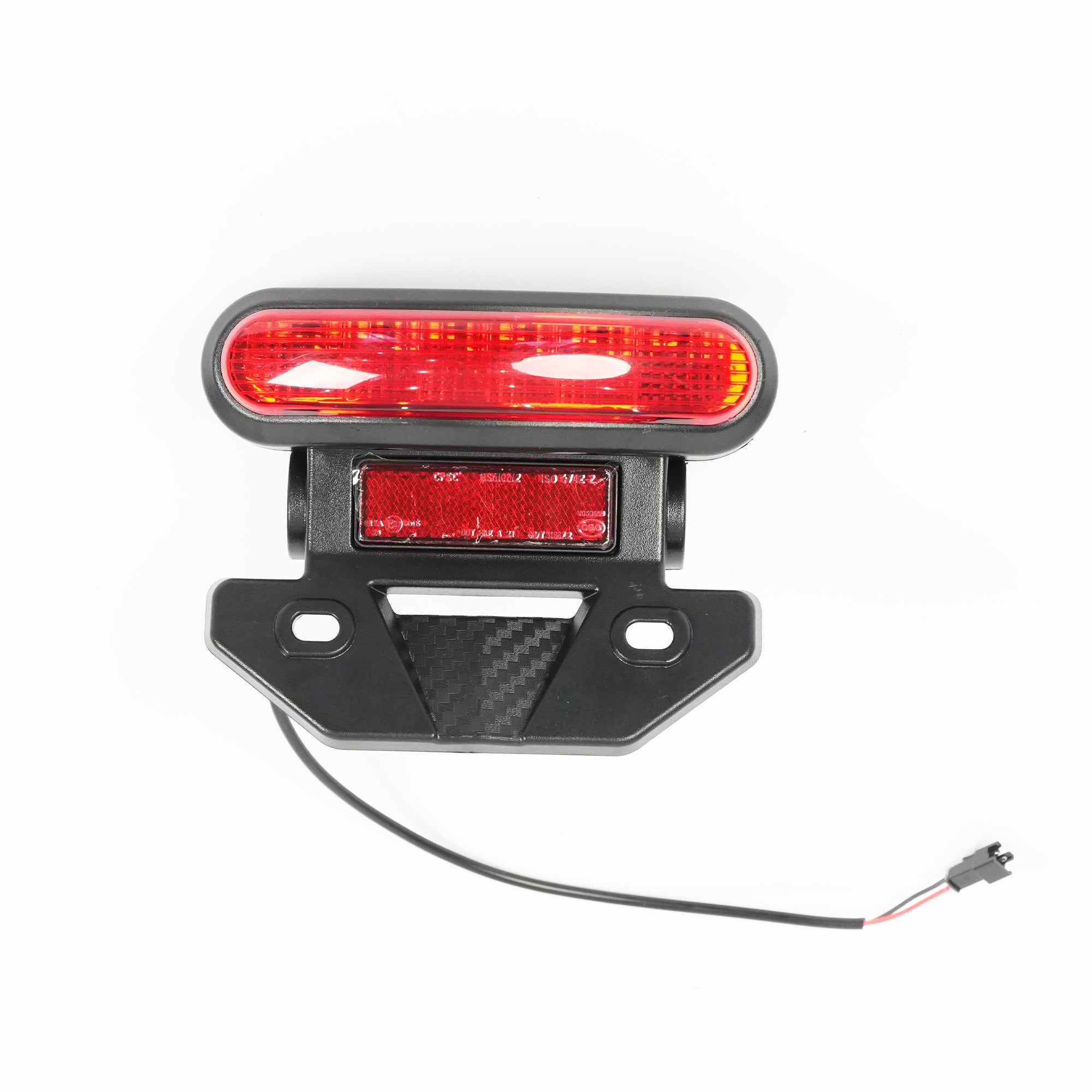
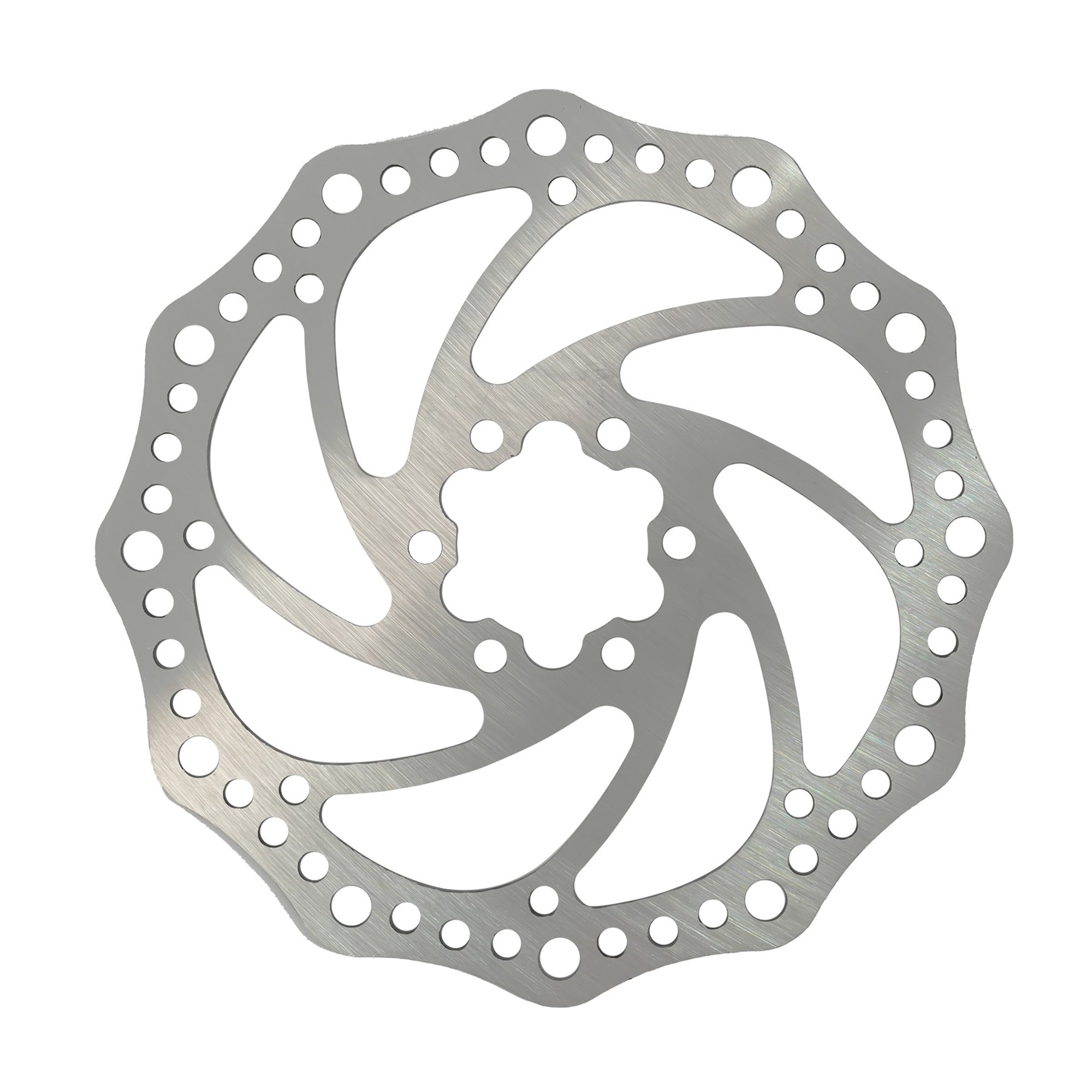
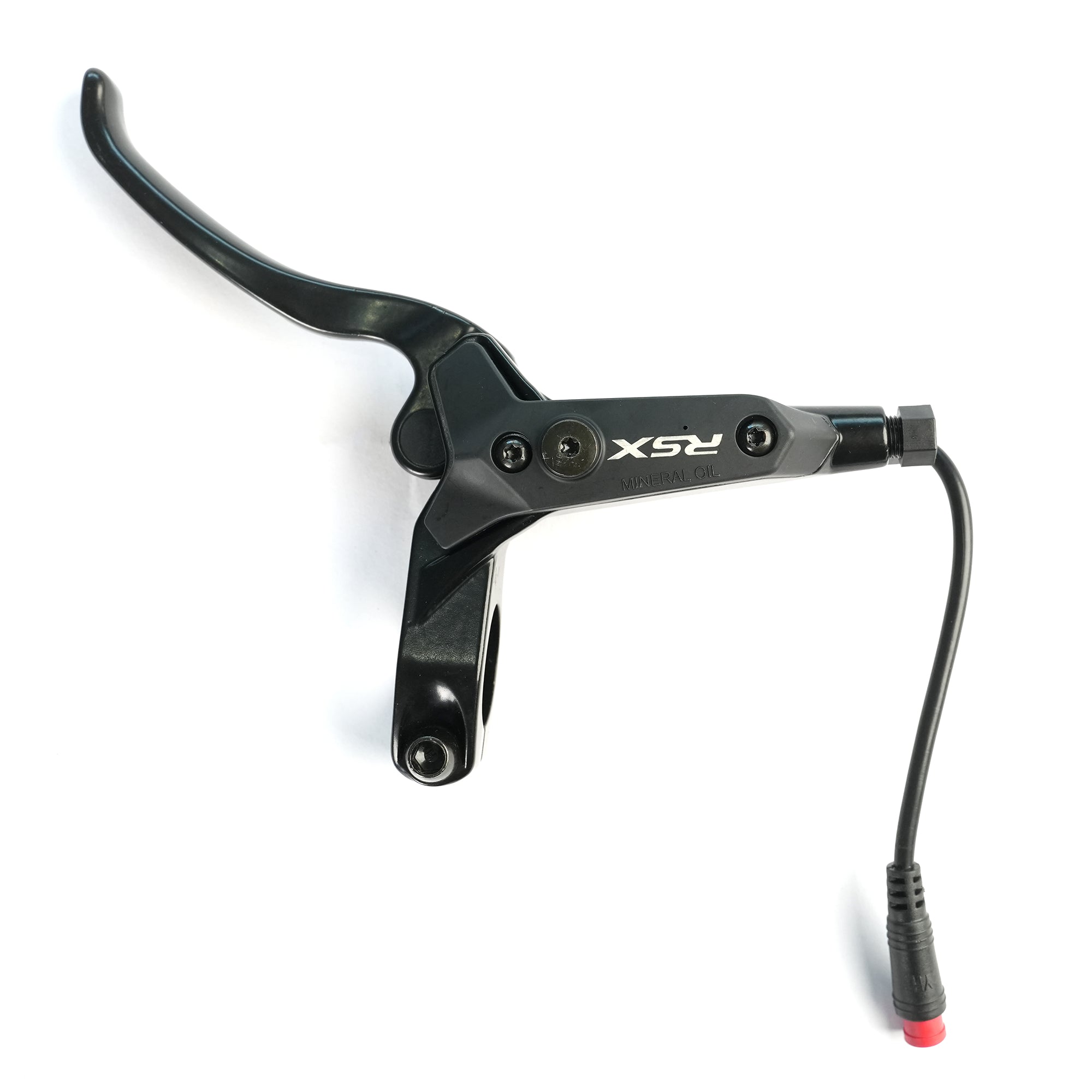
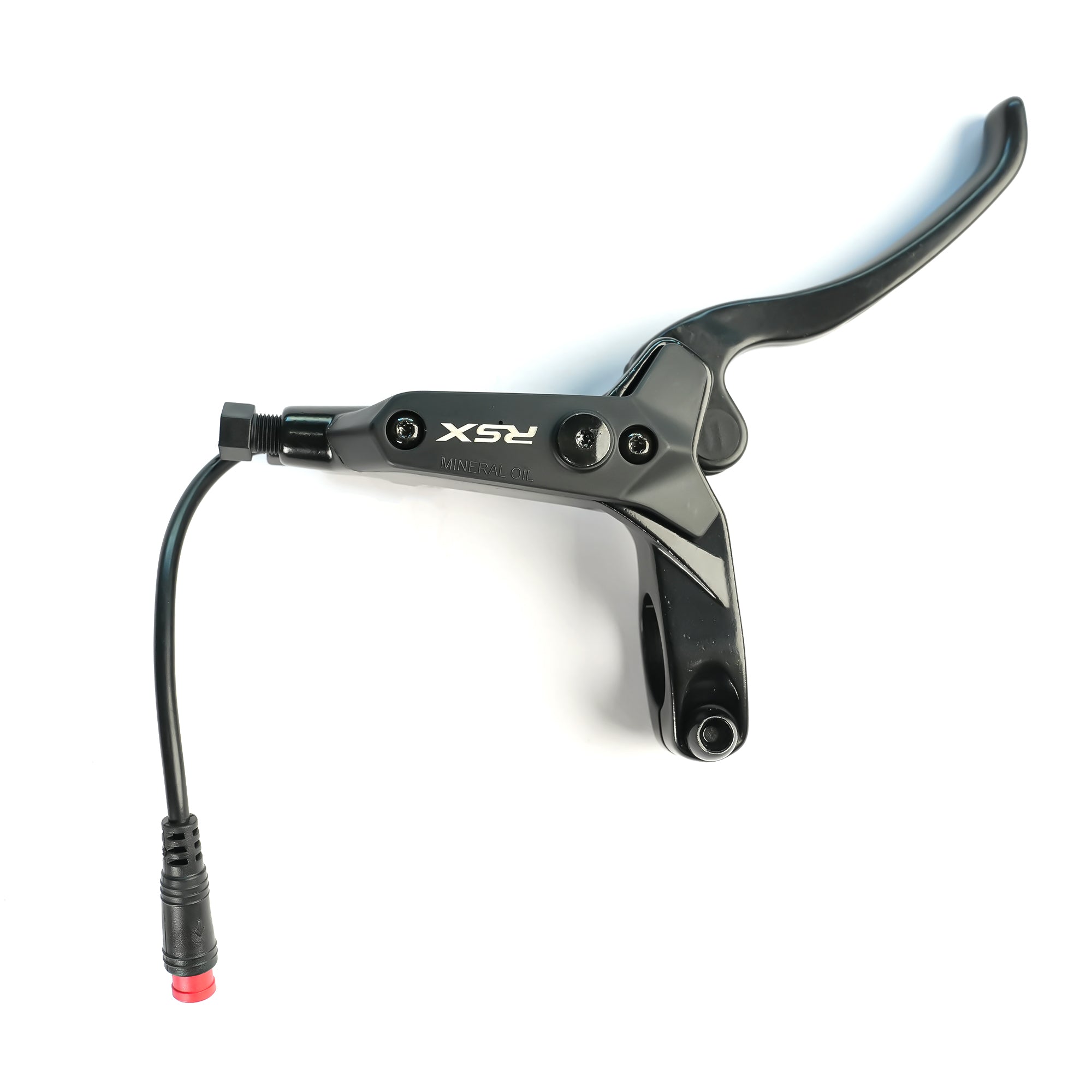
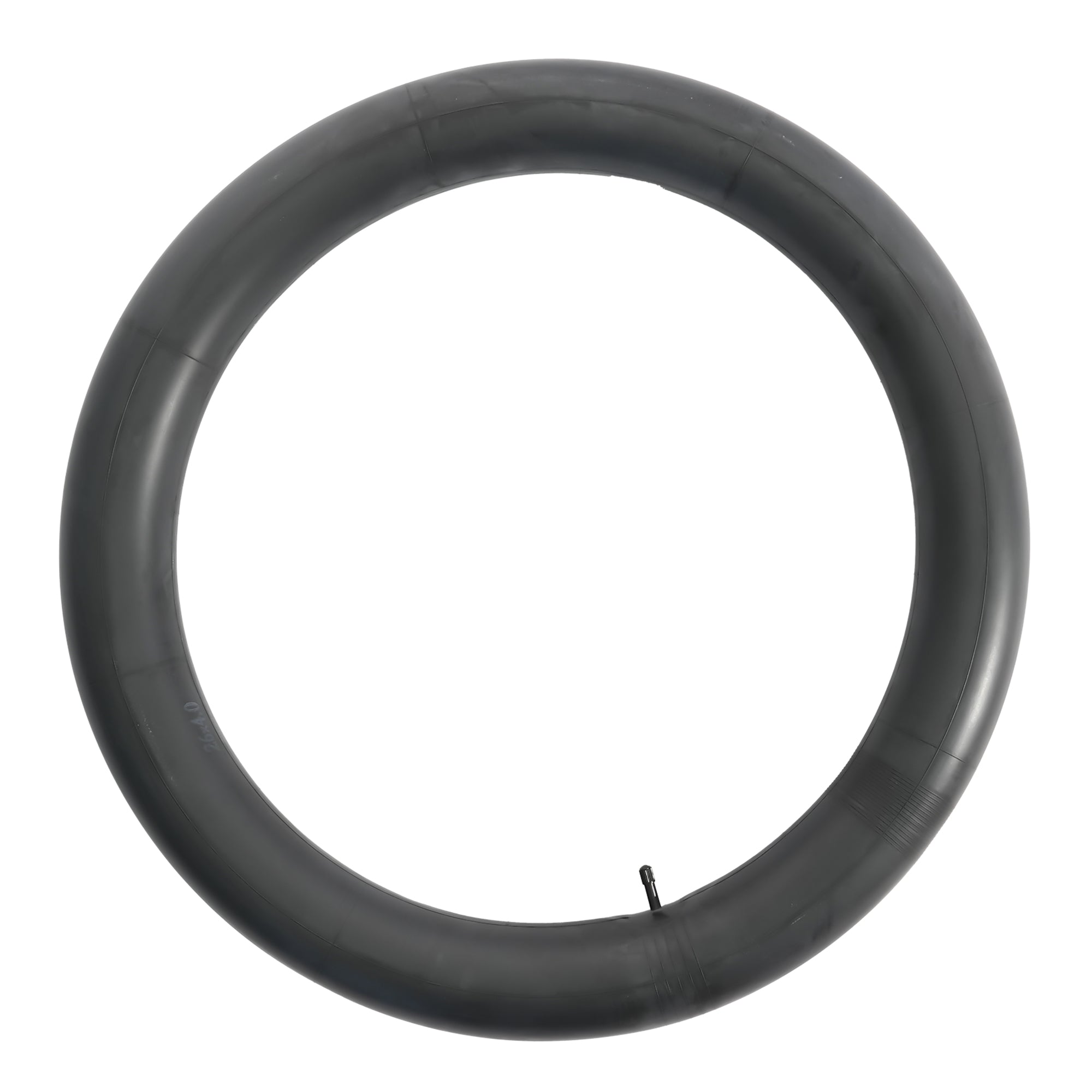
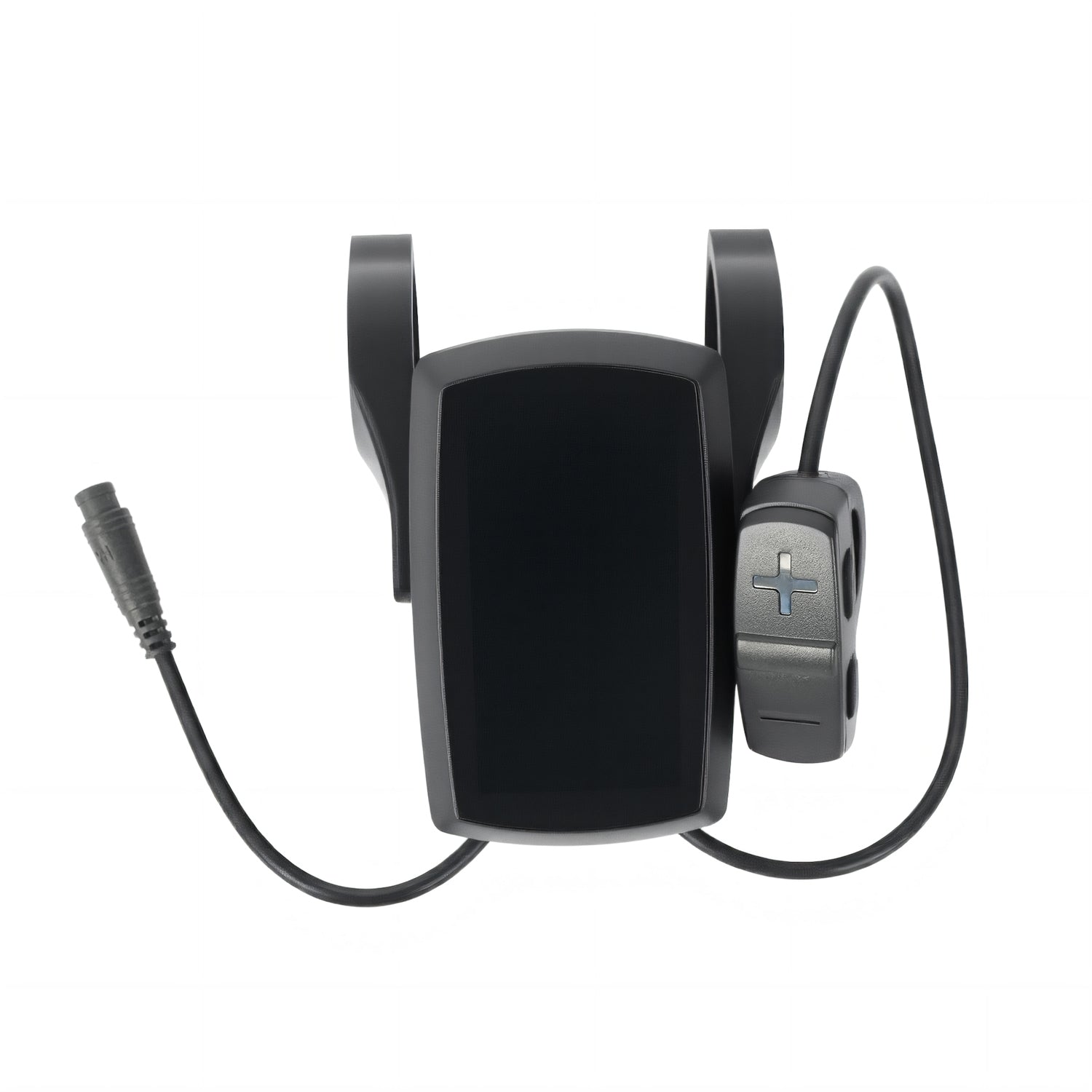
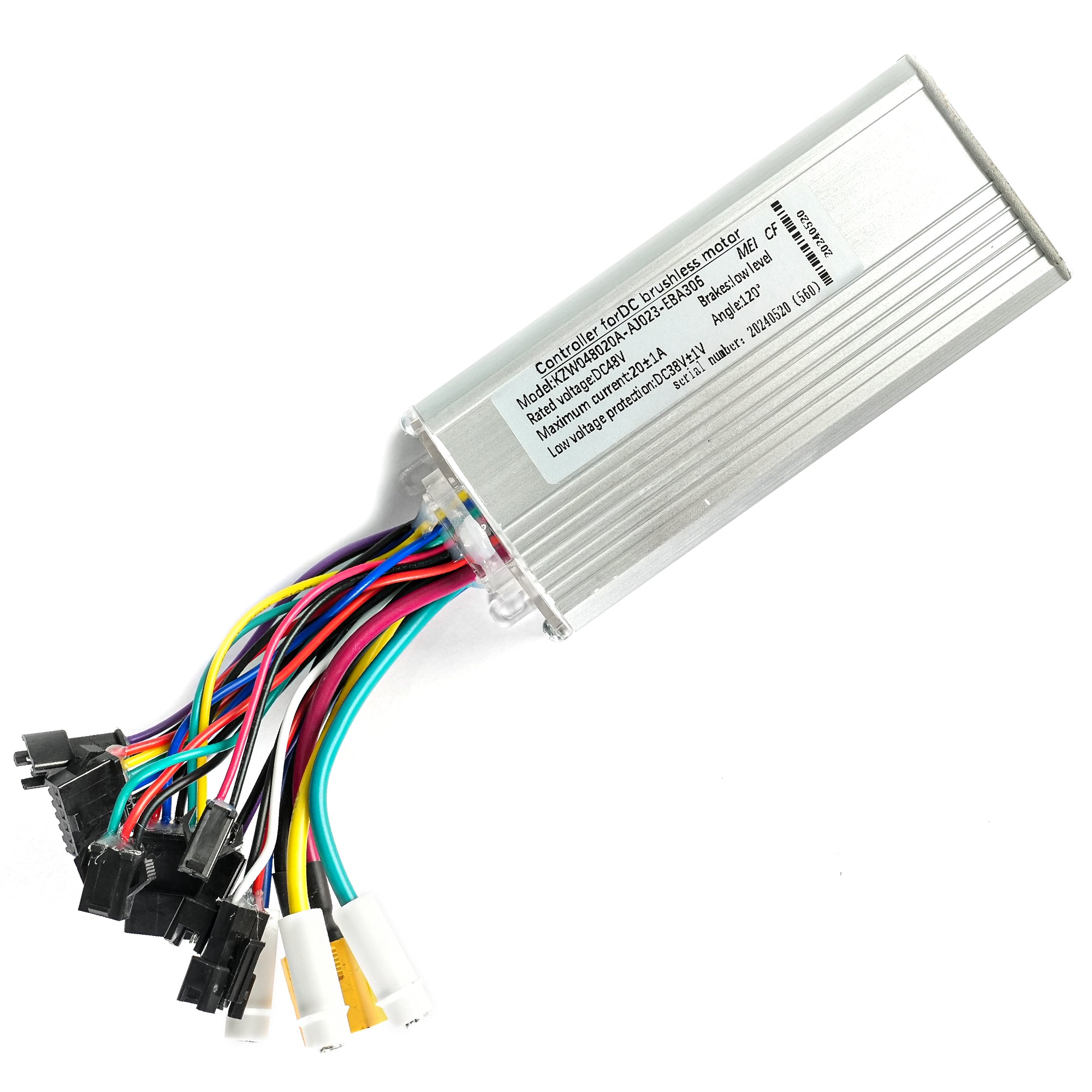
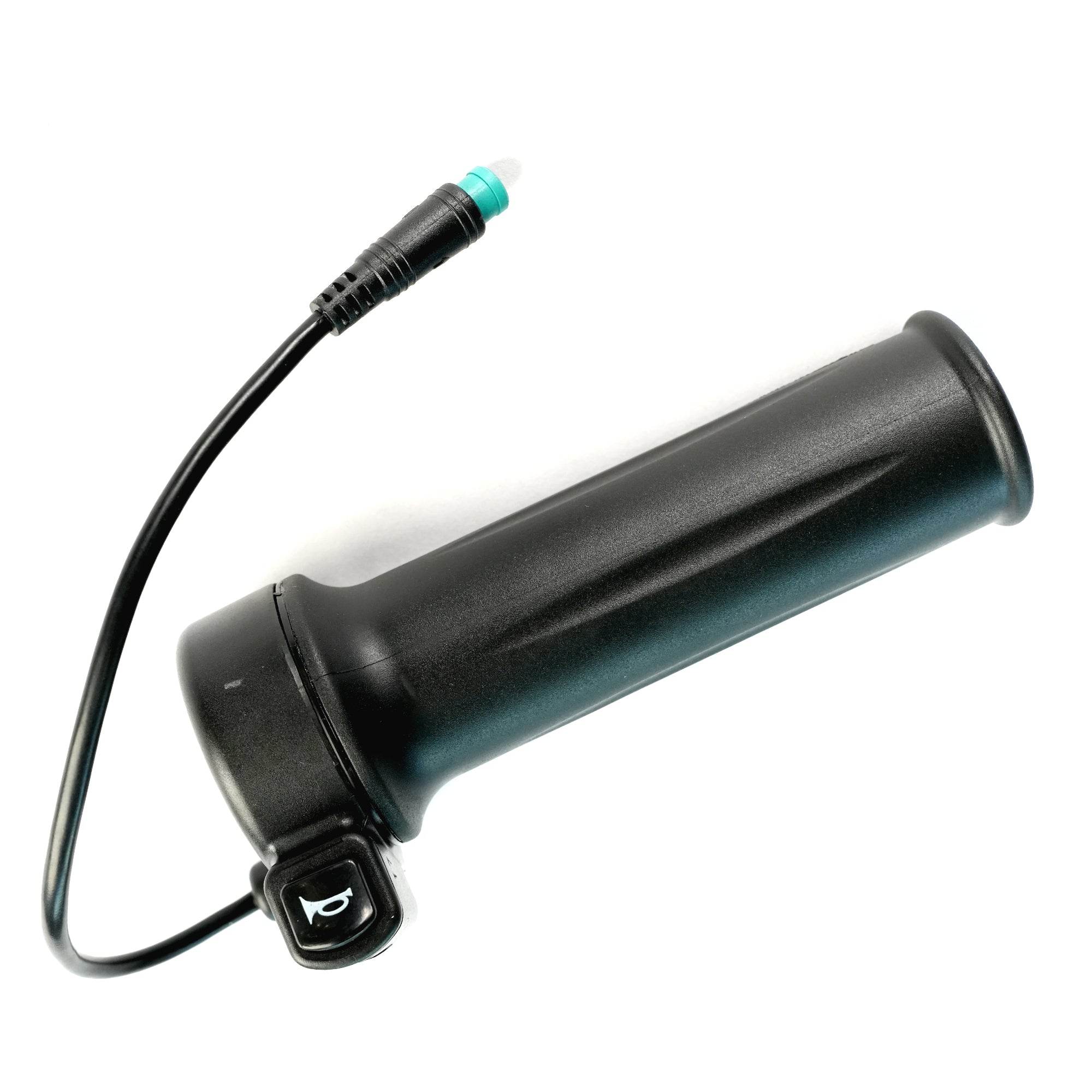
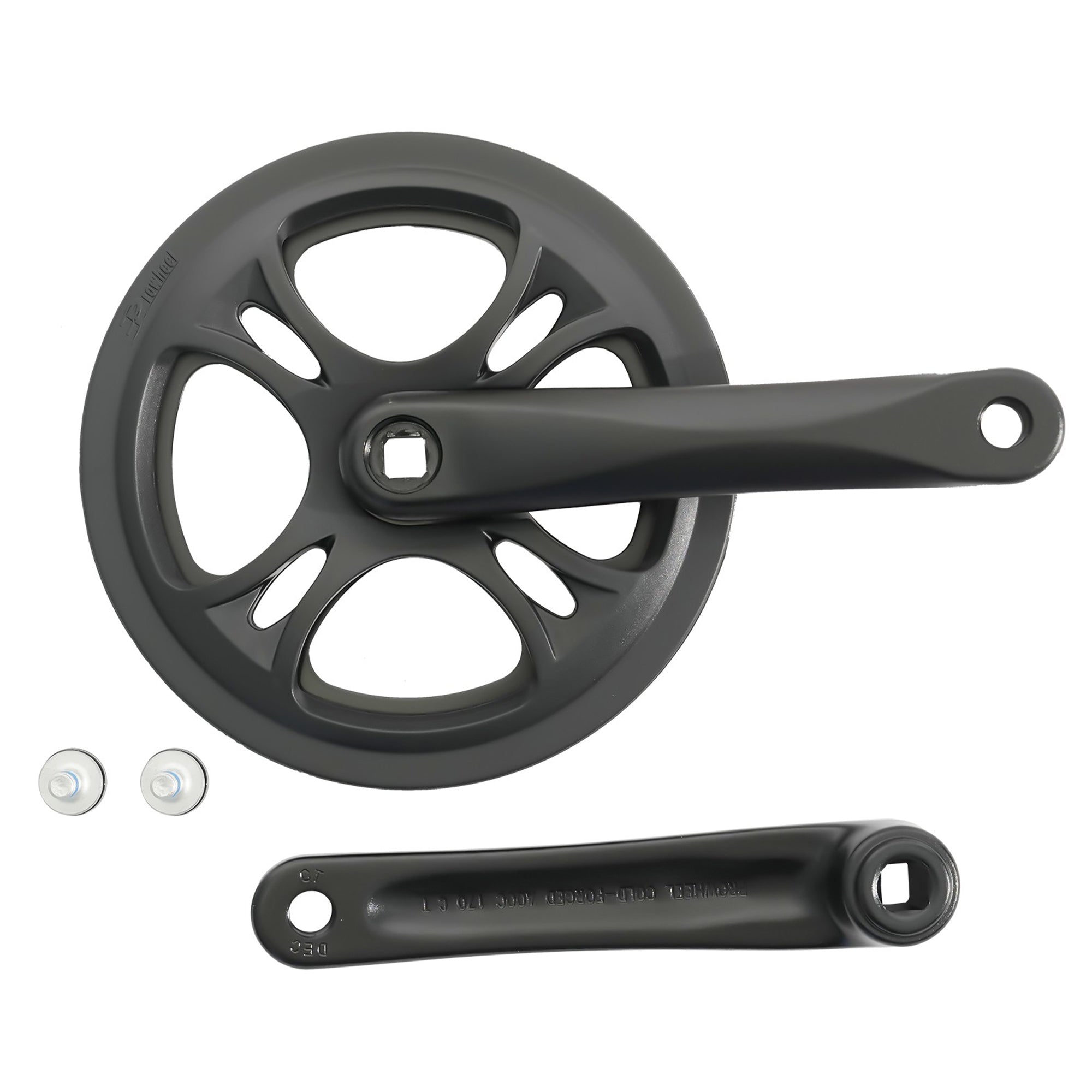

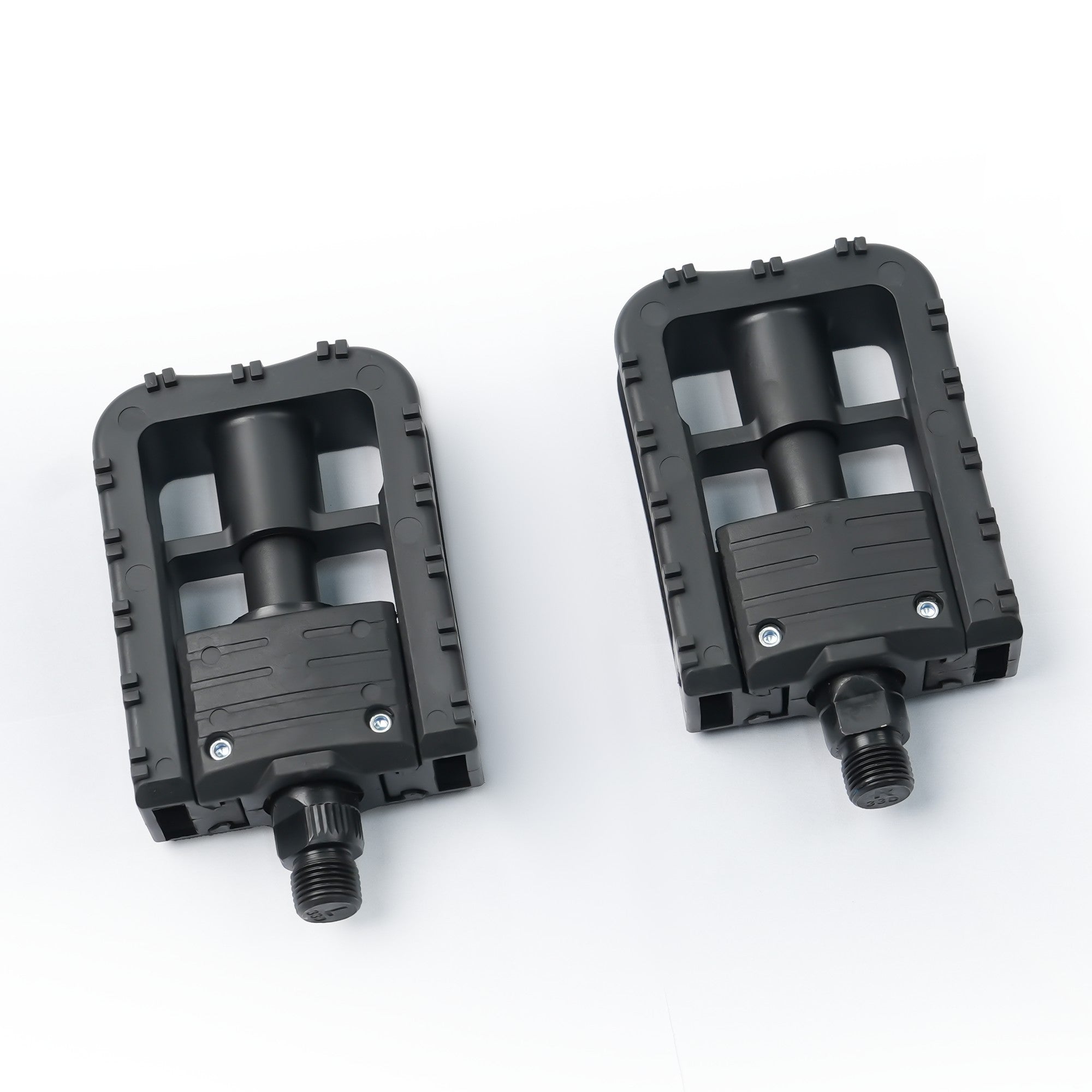

 Payment
Payment Afterpay Financing
Afterpay Financing Warranty
Warranty Shipping Policy
Shipping Policy Exclusive Discounts
Exclusive Discounts Track Your Order
Track Your Order Return & Refund
Return & Refund Referrals & Membership
Referrals & Membership User Manual
User Manual Contact Us
Contact Us FAQs
FAQs

